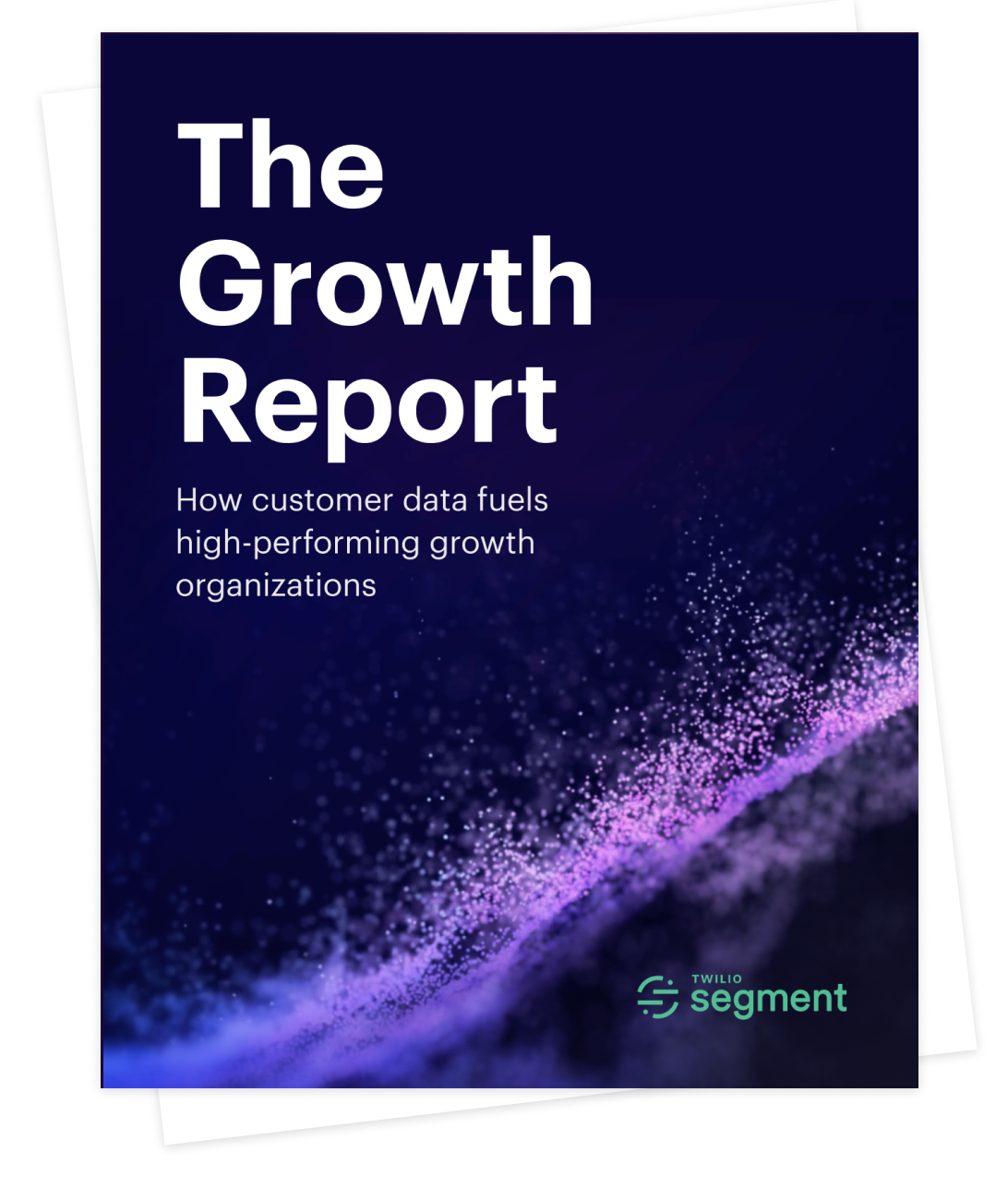Lessons from Lyft's Growth Org: Team Structure, Growth Processes, Tool Stack, and Secrets to Success
Lyft's Senior Engineering Manager, Growth, Charudatta Wad reveals how the company's growth team drives results in an exclusive interview.
Lyft's Senior Engineering Manager, Growth, Charudatta Wad reveals how the company's growth team drives results in an exclusive interview.
To understand how best-in-class companies build and operate their growth organizations, Twilio Segment recently launched The Growth Report, a series of interviews with the leaders of a dozen high-performing growth teams.
In this blog post, we share a profile of Lyft's growth organization as well as our on-screen interview with Charudatta Wad, Senior Engineering Manager, Growth, Lyft.
Rideshare business Lyft, which transported more than 17 million riders in Q2 2021, doesn’t share Silicon Valley’s growth-at-any-cost mentality. True to its mission of improving people’s lives, it embraces a conscious approach to business that balances user growth with marketplace considerations. The result is a thriving company that has grown its revenue 125% YoY while earning the support of surrounding communities.
We recently sat down with Lyft’s Senior Engineering Manager, Growth, Charudatta Wad, to see how the company structures and operates its growth team.
Each line of business (LOB) at Lyft has its own cross-functional growth team, which features team members from engineering, product, data science, and UX/research. While these folks come together every day as a team, they report into their own functional leaders, which helps support their career progression.
Lyft also has a team that provides growth-as-a-service to all lines of business. That’s the org where Charudatta Wad works. His team supports each LOB with, for example, conducting experiments and validating their hypotheses. In doing so, he and his teammates help reduce their coworkers’ pain points while increasing the speed at which they implement and learn from their tests.
Growth marketing is a key partner and is embedded in the growth team at Lyft. However, it reports up to marketing.
Experimentation is critical to how Lyft grows. Here’s a high-level look at their process for conducting tests.
The first step is to make an informed prediction about what’s going to happen when you make a specific change.
Next, it’s time to establish to what degree that change will impact the business. Tests are then prioritized based on required effort, potential impact, and the team’s confidence it will succeed.
For a company like Lyft, where there are peaks and troughs of supply and demand, marketplace conditions can make or break an experiment. It’s critical the growth team wait for the ideal conditions before introducing change into the system.
At this point, key decisions are made about the experiment, such as whether it’ll be a use split, time split, or region split and which variations will be deployed.
Next, it’s time to test the change on real users. Once the data are in, the team can determine what impact (if any) the experiment had on key metrics.
If the experiment was successful in driving growth, it then gets implemented at scale by the growth platforms team.

Lyft takes a portfolio approach to growth, balancing their cash cows (40%) with medium-term bets (40%) and long-term investments (20%). This 40-40-20 strategy allows the company to reinvest the earnings from their cash cows into potentially risky but also potentially rewarding opportunities, ensuring its longevity. If everything works out, medium-term bets become cash cows in six months and long-term investments become cash cows after two years.
The Lyft team has invested an incredible amount of time and money in developing software that’s personalized to their needs.
“We want decisions to be made as fast as possible, and the best way to do that is to build a lot of these tools internally,” says Charudatta Wad.
It also helps from a data privacy perspective, allowing the company to store all data in-house and complete user deletion requests.
Today, Lyft built its own CDP in-house, alongside custom tools for customer engagement and DIY experimentation software that deploys, tracks, and evaluates tests.
The Twilio Segment 2021 Growth Report reveals key insights about how to build and operate your team for optimal performance. From team structure to growth processes, you’ll learn from companies like HubSpot, Shopify, and Lyft on how to lead your team and company to rapid growth.
To learn from the best in the business, download the report.

Get key insights about how to build and operate your growth team for optimal performance from companies like HubSpot, Shopify, and Lyft.